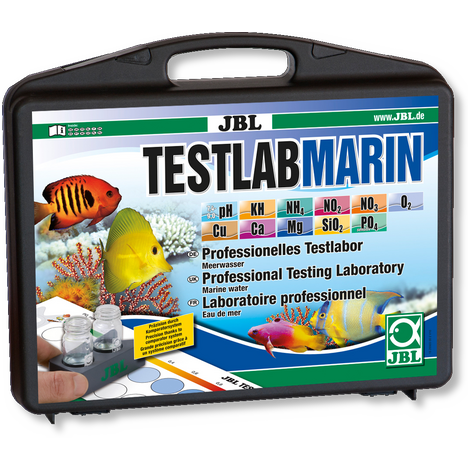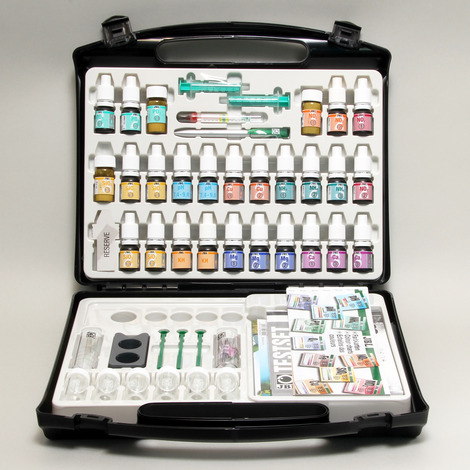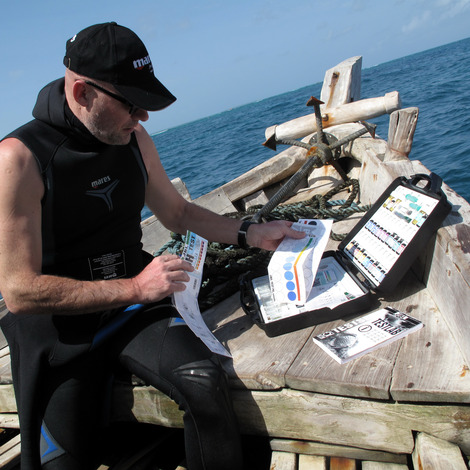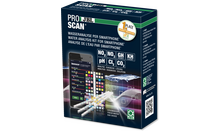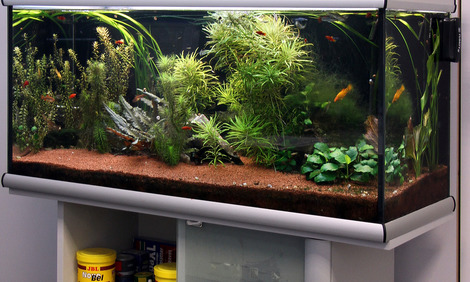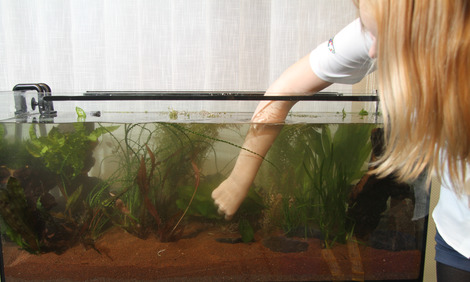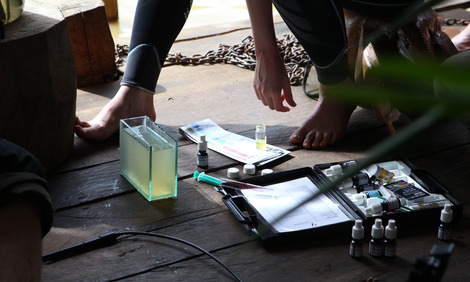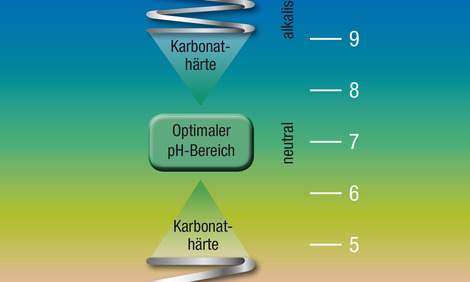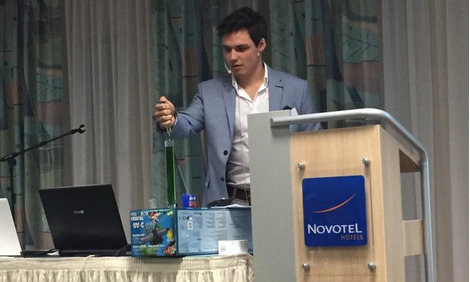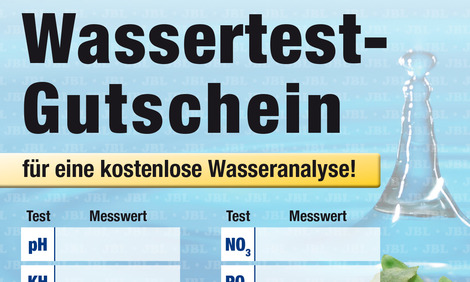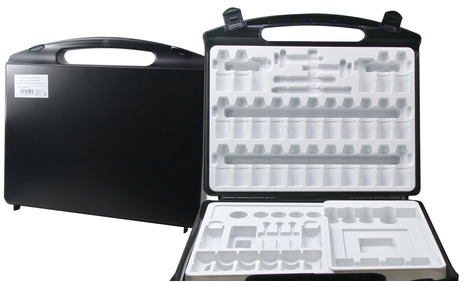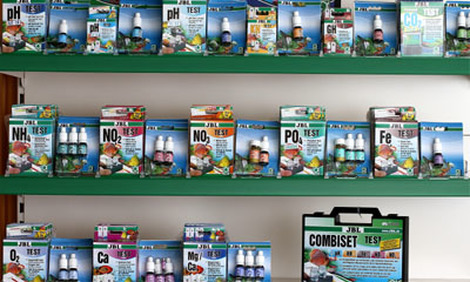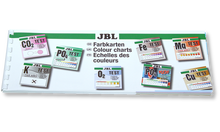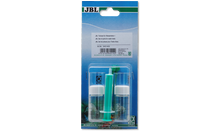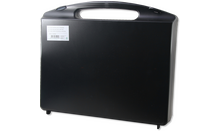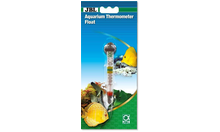Healthy aquariums with conditions close to nature
The right water values are dependent on the fish stock, and the algae and corals in the aquarium. Even if the water looks clear it can be contaminated. With bad values diseases or algae can appear in the aquarium. To maintain a healthy aquarium with conditions close to nature it is important to check and adapt the water values regularly. With the JBL Testlab Marin you can determine the most important water values in your aquarium.
Precise measurement of the following values:
pH test: acidity of the water from 7.4 to 9.0
KH test: pH stability of the water (carbonate hardness)
Ca test: most important macro-element for the growth of invertebrates
Mg test: important macro-element for the growth of invertebrates and calciferous red algae
Cu test: deadly heavy metal for invertebrates. Also important for setting the therapeutic dose of medications
NO2 test: toxic nitrogen compound
NO3 test: too high nitrate values cause unwanted algae growth
NH4 test: indication of non-toxic ammonium, determination of the toxic ammonia using table
PO4 test: high phosphate values lead to unwanted algae growth
SiO2 test: cause for diatoms
O2 test: basic requirement for fish and plants
You can analyse the water values you have measured in the JBL Online Laboratory free of charge and receive recommendations.
JBL Testlab Marin
Professional test case for the analysis of saltwater
PROAQUATEST LAB Marin
- Simple and reliable monitoring of the water values in marine aquariums. Determination of: pH value, carbonate hardness, calcium, magnesium, copper, ammonium, nitrite, nitrate, phosphate, silicate, oxygen
- Easy to use: syringe for exact measurement of the water quantity, detailed instructions for use
- Laboratory comparator system to compensate the inherent water colouring, analysis record sheet, instructions for problem solving
- Child-proof reagent bottles, water-proof plastic case, refillable kit
- Package contents: 1 professional test case for analysing seawater. Incl. 11 reagents, 6 glass vials, 2 syringes, thermometer, ball pen, analysis record sheet, laboratory comporator system, detailed instructions for use
